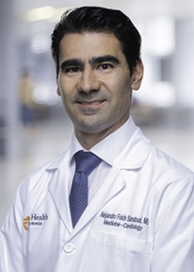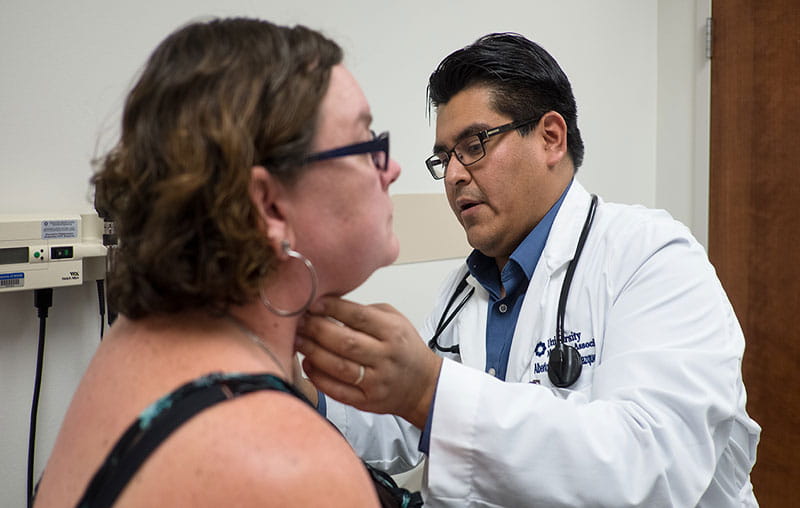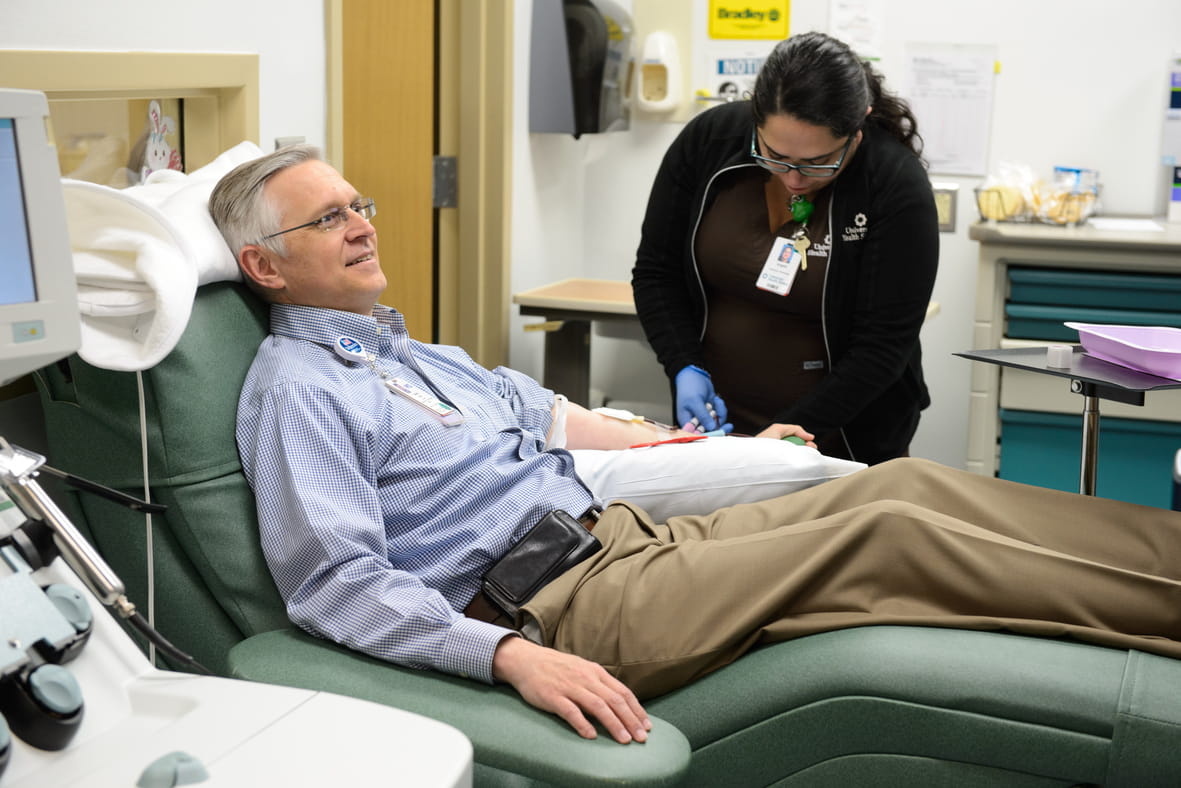If you recently had heart surgery, your surgeon may have recommended you participate in cardiac rehab. But what is cardiac rehab?
Cardiac rehab, or cardiac rehabilitation, is a supervised exercise program specifically designed for those who have undergone heart surgery or who are recovering after a cardiac event such as a heart attack. Participating in cardiac rehab can help you safely recover some fitness and return to normal activities while taking steps to protect your heart.
Benefits of Cardiac Rehab
During cardiac rehab, participants learn the basics of heart-healthy living, including how to safely exercise and the components of a healthy diet. These educational components teach patients how to protect their heart health and overall health.
In the immediate aftermath of a cardiac event, such as a heart attack, or following surgery, it can be a little scary to think about exercising. It’s essential to strengthen the heart muscle with regular workouts, though. Cardiac rehab can help you overcome any fears you have related to exercise and teach you how to do it safely.
Participating in cardiac rehab can truly be lifesaving. A 2016 report found that cardiac rehabilitation reduces the risk of death from any cause and decreases cardiac rehospitalizations. It also improves quality of life, functional status, mood and medication adherence.
The 3 Phases of Cardiac Rehab
There are three phases of cardiac rehabilitation—and it begins before you even leave the hospital.
Phase 1: Inpatient
As you recover in the hospital in the days following a heart procedure or after a cardiac event, you’ll be encouraged to get up and moving as you’re able. Believe it or not, those simple walks around the cardiovascular floor play a big role in your recovery.
During this phase of cardiac rehabilitation, you’ll also receive educational resources related to other aspects of improving your heart health, such as a heart-healthy diet, smoking cessation, and stress relief.
Phase 2: Outpatient
Once you’ve been discharged from the hospital, you will participate in cardiac rehab on an outpatient basis. During these sessions, you’ll have periods of supervised physical activity, where your vital signs and other heart health markers are carefully monitored.
You’ll also continue to learn about how to protect your heart health through healthy habits, including regular exercise, smoking cessation, quality sleep and stress relief.
Phase 3: At Home
During the inpatient and outpatient phases of cardiac rehabilitation, you’ll learn how to safely exercise and care for your heart. In this stage, you’ll put that information to use at home.
What to Expect in Cardiac Rehab
Think of cardiac rehab as a class where you learn how to take good care of your heart. During a cardiac rehabilitation program, which typically includes several sessions a week for up to three months, rehabilitation specialists will guide you through strategies to protect your heart.
There are three primary components of any cardiac rehab program:
- Supervised exercise
- Education
- Risk management
The exercise portion of the program will help you safely exercise after heart surgery or a cardiac event, while also teaching you exercises you can do in the future to get your heart active.
The educational component of the program will provide you with information and resources about heart-healthy living, including taking medications properly, lowering cholesterol and blood pressure, and managing stress.
The last portion of the program is personalized based on your specific risk factors for heart disease. Rehabilitation providers will monitor your heart health numbers—including your blood pressure, cholesterol, blood pressure and weight—and offer guidance on keeping those numbers in a healthy range.
Frequently Asked Questions
What diagnosis qualifies for cardiac rehab?
Cardiac rehab may be recommended for anyone who has undergone a heart procedure or experienced a heart health issue. This can include those diagnosed with:
- Heart rhythm disorder
- Coronary artery disease
- Stable angina
- Cardiac arrest
- Congenital heart defects
- Heart attack
- Heart failure
- Heart valve disease
What is the difference between cardiac rehab and PT?
Cardiac rehabilitation focuses on heart-healthy living, including safely exercising to protect the heart. Physical therapy, on the other hand, focuses on body mechanics, including specific muscles, tendons and joints.
Is cardiac rehab needed after a stent?
Cardiac rehabilitation can be beneficial after any heart procedure, including angioplasty with stent placement. It is also recommended following bypass surgery, a heart transplant, valve repair or replacement, and other procedures to correct defects or damage in the heart.
Cardiac Rehab at University Health
Learn more about the cardiac rehabilitation program at University Health's Cardiovascular Center.





